Launched in September 2017, the Xiaomi Mi Note 3 is the Chinese manufacturer’s latest flagship “phablet,” packing a set of excellent features for smartphone photography enthusiasts. Hot on the heels of the Xiaomi Mi 6 launched earlier in the year, the new Mi Note 3 boasts a similar dual-camera setup, with processing powered by the Qualcomm SDM660 chipset. The main camera is equipped with a wide-angle 27mm f/1.8 lens, the secondary telephoto camera comes with a 52mm f/2.6 lens for 2x optical zoom shots.
Like the Mi 6, the Mi Note 3’s primary 27mm f/1.8 lens also features a 4-axis optical image stabilization system, which should help improve image quality in tricky low-light situations and help facilitate smoother video capture. We’ve shot thousands of photos and several hours of video with the Mi Note 3 running Firmware version 7.11.16 (MIUI9), and are pleased to unveil the verified results in our comprehensive review.
Key camera specifications:
- Dual-cam
- 12Mp main camera with 1.25µm pixel pitch, 27mm f/1.8 lens, OIS
- 12Mp secondary camera with 52mm f/2.6 lens for 2x optical zoom
- Phase-detection autofocus
- Dual-LED (dual-tone) flash
- 16Mp front camera
- 4K 2160p@30fps or 720p@120fps video
About DxOMark Mobile tests: For scoring and analysis in our smartphone camera reviews, DxOMark engineers capture and evaluate over 1500 test images and more than 2 hours of video both in controlled lab environments and in natural indoor and outdoor scenes. This article is designed to highlight the most important results of the testing. For more information about the DxOMark Mobile test protocol, click here.
Test summary
Achieving an excellent overall DxOMark Mobile score of 90 points, with an exceptional Photo score for still photos of 94 points, and a solid video score of 84, the Xiaomi Mi Note 3 is a great choice for smartphone photography and video enthusiasts alike. Packed with top-end features, including a 2x optical zoom function, bokeh simulation mode, phase-detection autofocus, and 4K video, this device offers the capabilities and performance of premium flagship smartphones at a mid-range price point.
Bright light
The Xiaomi Mi Note 3 is at its best shooting outdoors, or in bright light conditions, where its exposures and color rendering are generally excellent. We achieved many stunning outdoor exposures in our natural test scenes, and our benchmark analyses in the lab under varying light sources identified accurate exposures under consistent bright light sources. The Mi Note 3’s HDR feature doesn’t activate automatically in default mode, which resulted in some loss of dynamic range compared to devices where HDR automatically kicks in. That said, even in default mode, the device shoots multiple frames, combining and tone mapping the final image during processing, which helped improve dynamic range a little.
Manually activating HDR mode may improve dynamic range further in high-contrast conditions, but relies on some intervention from the photographer. Texture is best on outdoors images, and while detail preservation is fairly good, it’s not amazing. The Mi Note 3 handles noise well, however, and although the usual occurrence of some luminance noise in areas of plain color is visible, it’s not overly offensive and certainly not the worst problem. A couple of artifacts are visible shooting outdoors, particularly color fringing, which is very visible along high-contrast edges, as well as some flare when shooting towards a bright light source.
Low light and Flash
Shooting indoors, both exposure and color remain good on the Mi Note 3, and overall texture is roughly on par with its outdoor performance in static scenes, although scenes with some subject motion are more challenging. In extreme low light, images are slightly underexposed, with some color desaturation and a noticeable loss of detail evident, but this isn’t uncommon in such low-light conditions, and images remain usable. What’s more, its noise reduction is among some of the best we’ve seen in low light, with the Mi Note 3 striking a great balance between smooth homogenous areas and well-defined edge preservation both in indoor shots as well as in low light. In fact, even in extreme low light down to 5 Lux, very little noise is visible, and although images are a little softer as you’d expect, detail remains acceptable in static images.
The performance of the Mi Note 3’s flash module isn’t quite so impressive, with fairly middle-of-the-road results. At its best, exposures are generally accurate and corner shading is reasonably well-controlled when using flash as the only light source, and when mixing with additional ambient light sources. Skin tones tend to display a slight green color cast, however, and occasional autofocus failures occur.
Zoom and Bokeh
Boasting a 52mm telephoto lens on its second sensor, the Mi Note 3 is a capable device for zoom shots. Results are excellent at 2x magnification using the optical zoom in both outdoor and indoor lighting conditions, rendering great detail with few artifacts. Although less detail is captured in extreme low light at 2x magnification, the loss of very fine detail only becomes obvious when examining 100% crops, so the results are very acceptable when viewing full images at small scale. Using the digital zoom up to 5x magnification, zoom shots remain very good as well, with results on par, if not slightly better, than some premium flagship devices. In low light, image quality does suffer at 5x magnification, so restrict the use of the digital zoom if you can to shooting outdoors or in bright light, where it performs best. If you pinch-zoom beyond 5x, however, expect a noticeable drop in image quality in all lighting conditions.
We’ve found the bokeh simulation mode to be a little hit or miss on some mid-range devices, but the Mi Note 3 implements the technology extremely well. The depth-of-field effect is quite strong, but remains reasonably natural and the quality of the blur gradient is good, with realistic transitions as objects fall further into the background. Depth estimation is also good, with the software accurately identifying subjects in the foreground and background, keeping objects on the focus plane sharp, even when they’re not connected to the portrait. A few artifacts are visible around the edges of the portrait, but they’re limited to small areas, thus avoiding the very unsightly results where large sections of the portrait are blurred, or parts of the background are sharp.
Photo scores explained
The Xiaomi Mi Note 3 achieves a total photo score of 94, which is calculated from its scores in tests that examine different aspects of its performance under different lighting conditions. In this section we’ll take a closer look at these image quality sub-scores.

Exposure and Contrast
Xiaomi Mi Note 3
86
A very good score for exposure, with generally accurate exposures when shooting test charts under consistent lighting in the lab. Exposure sub-scores were excellent outdoors, and very good indoors, although with some slight underexposure in low light reducing the score. In natural scenes in well-balanced light, excellent results are possible, and although the device doesn’t offer HDR by default, it manages to achieve reasonably good dynamic range by capturing multiple frames (for noise reduction) and by tone-mapping during processing.
In our backlit-portrait test scene, the Mi Note 3 employed face detection to accurately expose the subject, and although some detail is lost in the background, it’s one of the better results of any device we’ve tested without an Auto HDR mode activated by default.
Exposures are bright down to 20 Lux (low light), and although results in extreme low light at 5 and 1 Lux are slightly underexposed, they remain useable. Some noticeable corner shading occurs in extreme low light, too, which is a trade-off that helps reduce noise in extreme low light and is a good strategy if you don’t mind the edges appearing a little darker.

Color
Xiaomi Mi Note 3
75
A good overall score for color, with excellent results outdoors, with bold and vibrant hues. Color uniformity is also excellent in outdoor and indoor images, and although some slight color shading occurs in some low-light conditions, it’s far from the worst we’ve seen.
White balance is good in most conditions, but a slightly warm or green color cast is sometimes visible.
You can see the issue with green tones shooting color checker charts in the lab, with a distinct yellow tone visible in some lighting conditions.

Autofocus
Xiaomi Mi Note 3
89
An excellent score for autofocus, which is fast in all lighting conditions. Over consecutive exposures in our lab analysis, during which we defocus the device between shots, the Mi Note 3 found focus consistently in outdoor, indoor, and even low-light conditions. It’s not the fastest device we’ve ever tested, but its phase-detection autofocus system is very good for a mid-range device. We did observe occasional focus failures in some natural test scenes, so it’s worth double-checking that shots are in sharp focus and repeating shots for a better result if necessary, but on the whole, the Mi Note 3’s autofocus system performs well.

Texture
Xiaomi Mi Note 3
58
A fairly average score for texture, which is very respectable in most lighting conditions, but suffers a little in very low light between 1 to 20 Lux. Shooting static scenes, fine detail preservation is fairly consistent between 20 to 1000 Lux, but scenes containing subject motion are trickier for the Mi Note 3 to record good detail, except in very bright light.
The Mi Note 3’s texture preservation falls in between that of the iPhone 7 Plus and the iPhone 8 Plus. Shooting test charts handheld at 100 lux in the lab, the 100% crops show that the Mi Note 3 records slightly better fine detail compared to the iPhone 7 Plus, but falls a little behind the more recent iPhone 8 Plus.
That analysis is even more evident in very low light (5 Lux), where the Mi Note 3 is clearly sharper than the iPhone 7 Plus on 100% crops of handheld images, but with noticeably less fine detail preserved compared to the iPhone 8 Plus.

Noise
Xiaomi Mi Note 3
73
An excellent score for noise, which the Mi Note 3 handles very well in low-light conditions, making it one of the best devices we’ve tested for this attribute. Some luminance noise is visible in areas of uniform color, such as the sky, in outdoor images, but this isn’t uncommon for mobile devices and the noise isn’t particularly strong. Visual noise is also very well minimized in smooth/uniform areas, such as the woman’s shoulder in the photos below, in all lighting conditions down to 5 Lux. On handheld images at 100 Lux, the 100% crops show that the Mi Note 3 is sharper than the iPhone 7 Plus, but with noticeably less noise.
The Mi Note 3 also offers smoother results compared to both iPhones at 5 Lux, with slightly sharper results compared to the iPhone 7 Plus, but not quite as much detail or edge preservation as the iPhone 8 Plus.

Artifacts
Xiaomi Mi Note 3
68
The Mi Note 3 dropped some points because of visible artifacts in images, with particular penalties for color fringing, flare, vignetting, loss of sharpness in the field, and ringing. The main offenders are color fringing and flare, which are very noticeable in bright conditions outdoors, and particularly when shooting towards the sun. The other issues are slightly less problematic, but expect some corner shading (vignetting), especially in low-light images; and a difference in sharpness between the center and edges of the frame and ringing along contrast edges, both of which are visible when zooming in tightly or when displaying images at large scale.

Flash
Xiaomi Mi Note 3
69
A fairly average score and performance for the Mi Note 3’s dual-tone LED flash module. On both flash-only and flash mixed with additional lighting, exposure is good and corner shading very acceptable, but white balance tends to display slightly greenish skin tones. Detail preservation is also fairly good, but low-frequency chromatic noise is occasionally visible, too. Using flash in very low light (5 Lux), we also observed autofocus failures, so again, it’s worth checking and reshooting to make sure you’ve achieved sharp pictures when using flash.

Zoom
Xiaomi Mi Note 3
50
A good score for zoom, which is particularly impressive using the 2x magnification optical zoom in bright light (1000 Lux), where detail preservation is excellent and problems with artifacts or noise are insignificant. Under indoor conditions (100 Lux) at 2x magnification, there’s less detail, but results are still very acceptable, and it’s only when using the optical zoom in very low light (20 Lux) that detail starts to suffer a lot. Examining 100% crops of test charts shot at 4x magnification, detail is also good in very bright conditions (1000 Lux), but expect less detail indoor or in low light. Shooting at 8x magnification remains challenging for the Mi Note 3 in terms of preserving good detail in any lighting conditions.
Zoom in further to 5x magnification using digital zoom, and it’s even closer between the Mi Note 3 and the Apple device. While the iPhone 7 Plus is fractionally more detailed in some edge and contrast areas, it also has a little more visible luminance noise.
Shooting test charts in the lab under low-light conditions (20 Lux), we can see in the 100% crops that the Mi Note 3 preserves slightly more detail on the rulers than the iPhone 7 Plus, and even less detail evident on the iPhone 8 Plus shots. These tests are conducted shooting a test chart at mid-range (150cm from the smartphone) and zooming in until the chart fills the frame.
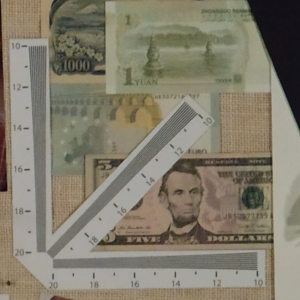
 Crop of Apple iPhone 7 Plus, mid-range zoom
Crop of Apple iPhone 7 Plus, mid-range zoom
Bokeh
Xiaomi Mi Note 3
50
A pretty good score for bokeh, with consistent results shooting portraits both outdoors and indoors. Its key strengths are a strong depth-of-field blur effect, which is quite striking but also fairly realistic, with a nice shape to the circular highlights, especially outdoors. The quality of the blur gradient is also very good, with fairly natural-looking blur transitions as objects fall further into the distance. Depth estimation is pretty good, if not amazing, with only slight artifacts and masking errors visible around portraits. On balance, artifacts are slightly more visible than we’ve seen for top-end flagship devices from Apple and Samsung, but for a mid-range device, it’s excellent and the bokeh effect is very pleasing when viewing images at small scale on the device’s display.
Our lab analysis helps identify where a device’s depth estimation algorithms can differentiate between objects connected and not-connected to a portrait. You can see that the Mi Note 3 copes admirably with this challenging test, rendering a striking depth-of-field effect in the background, with good depth estimation and subject masking ensuring that the face and intricate shapes are not blurred as much as the background, regardless of whether they are connected to the subject or not.
Video scores explained
The Mi Note 3 achieved a lower score of 82 in our video analysis, and while that’s a very good score, it doesn’t quite achieve the same heights overall compared to its excellent score of 94 for still photos. The overall Video score is calculated using the video sub-scores to give us some insight into the device’s strengths and weaknesses when shooting moving images: Exposure (87), Color (72), Autofocus (74), Texture (43), Noise (68), Artifacts (79), and Stabilization (77).
Its key strength for video is exposure, thanks to excellent results under all lighting conditions in the lab. The Mi Note 3’s temporal aspects are also very good, with good convergence for exposure, color, and autofocus during lighting changes, and with basic walking and panning movements. Autofocus is also fast, with very acceptable tracking capabilities and OIS-assisted stabilization on the wide-angle 26mm lens is fairly effective, ensuring a pleasant viewing experience with handheld movies. White balance is mostly accurate, too, and although some of the fairly minor color issues we saw with slightly yellow casts on green tones persist in video files, it’s not too concerning. Again mirroring its performance for still photos, levels of texture are a little low, with some luminance noise visible, particularly indoors. Indoor videos also tend to display a noticeable difference in sharpness between consecutive frames, as well as occasional frame drops; and in extreme low light (1 Lux), the frame rate drops from 30fps to 20fps.
Conclusion: Premium performance at a mid-range price
Looking to improve features and performance principally for Chinese consumers, Xiaomi has really upped its game for photography with the Mi Note 3. Compared to the Mi 5 and Mi 5S Plus (the last Xiaomi devices we tested), the Mi Note 3 shows significant signs of development, improving still photos in many areas and adding those desirable zoom and bokeh features, which are well-implemented. Our new challenging test scenes highlight some issues with texture on moving subjects, but in static scenes detail is good both outdoors and indoors, and autofocus is fast. When all is said and done, by offering premium flagship photography features and performance at a mid-range price point, the Xiaomi Mi Note 3 is a great choice for the budget-savvy smartphone shooter.


Pros
- Autofocus is fast, repeatable and accurate
- Generally accurate test chart exposures in the lab
- Good zoom capabilities
- Nice bokeh simulation effect
- Effective noise reduction in most lighting conditions
Pros
- Generally accurate test chart exposures in the lab
- White balance is usually accurate with smooth convergence
- Reasonably effective stabilisation
- Fast autofocus performance
- Acceptable autofocus tracking
Cons
- Fine details are lost in low light
- Visible noise in homogenous and shadow areas in bright light
- Some visible color casts
Cons
- Low detail in all conditions
- Variation in sharpness on consecutive frames
- Frame drops occasionally visible


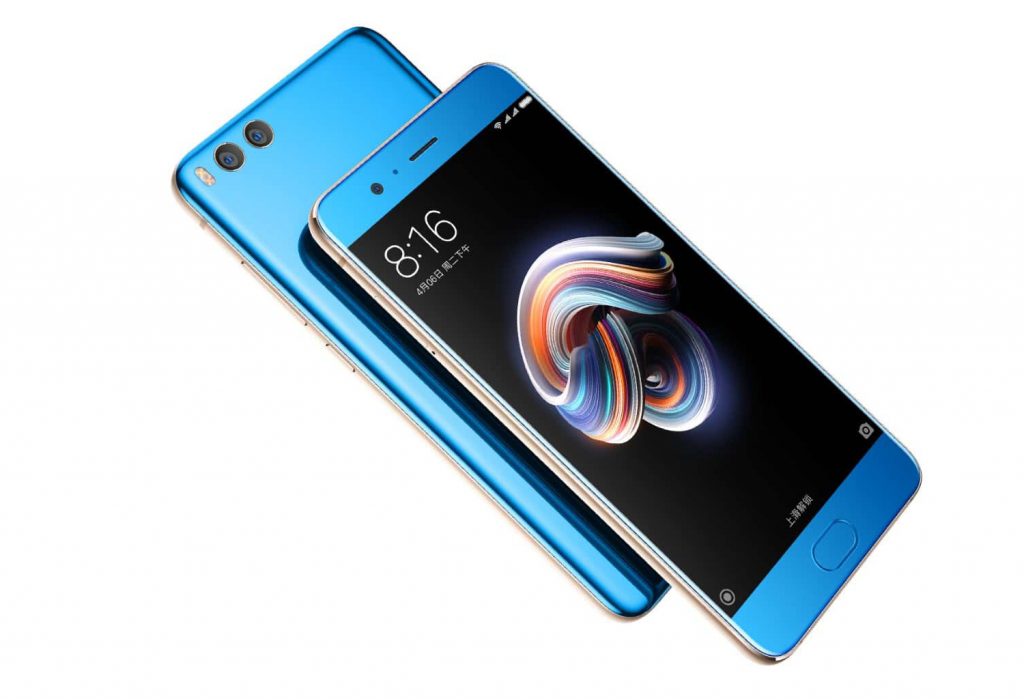

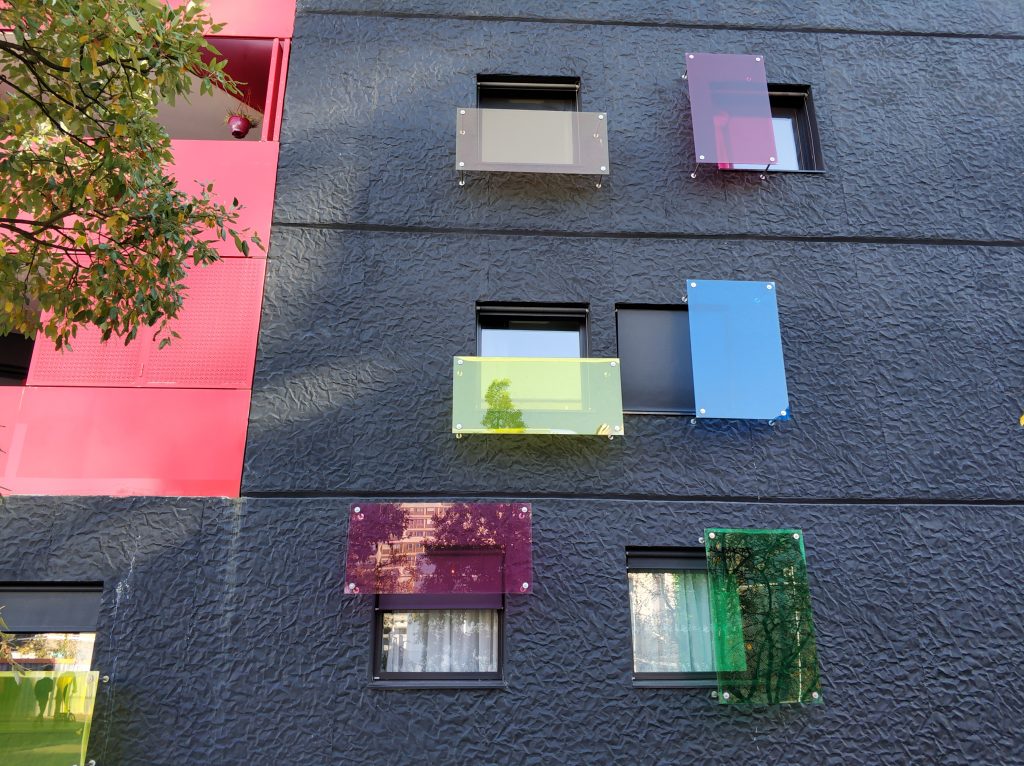
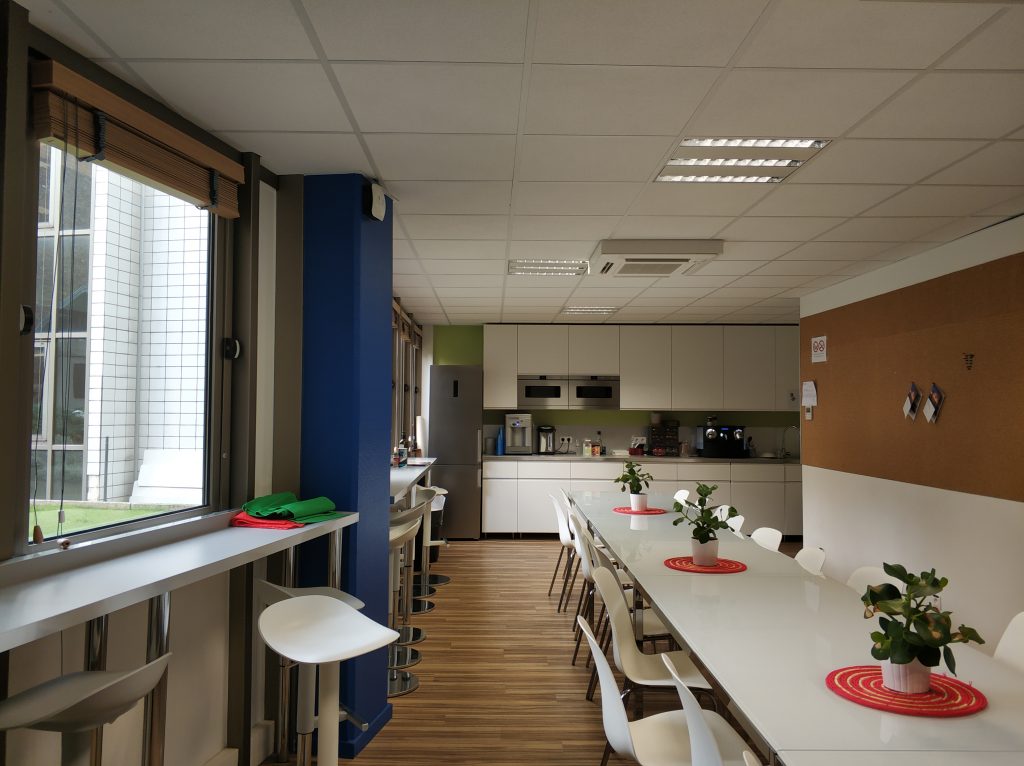

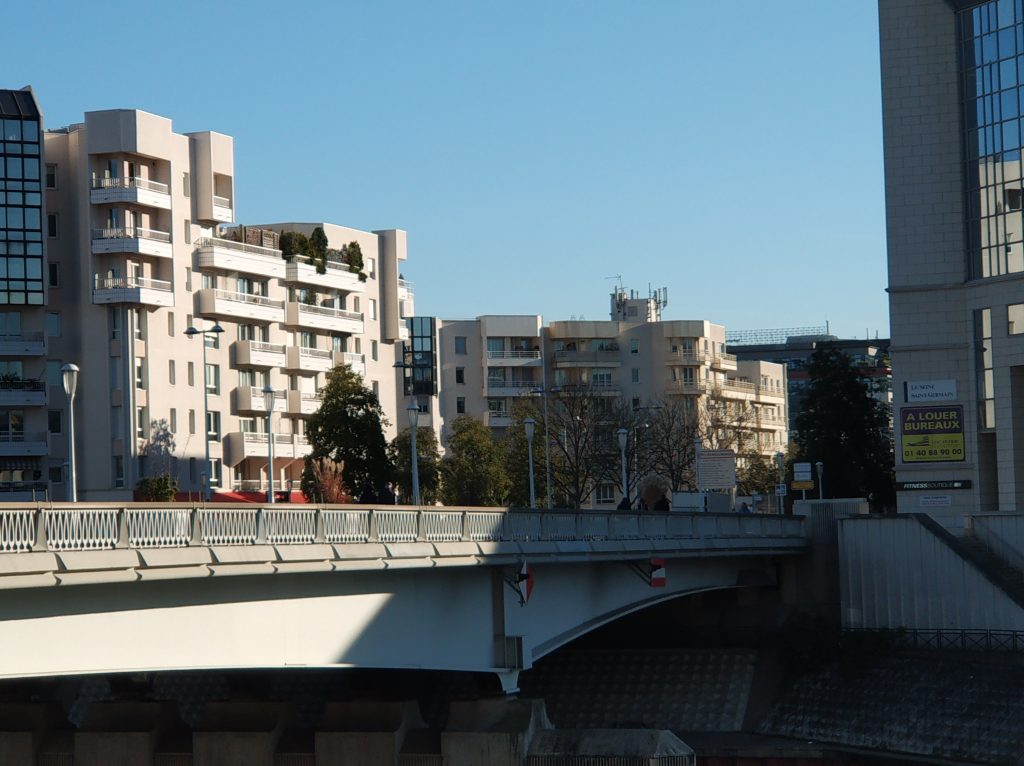




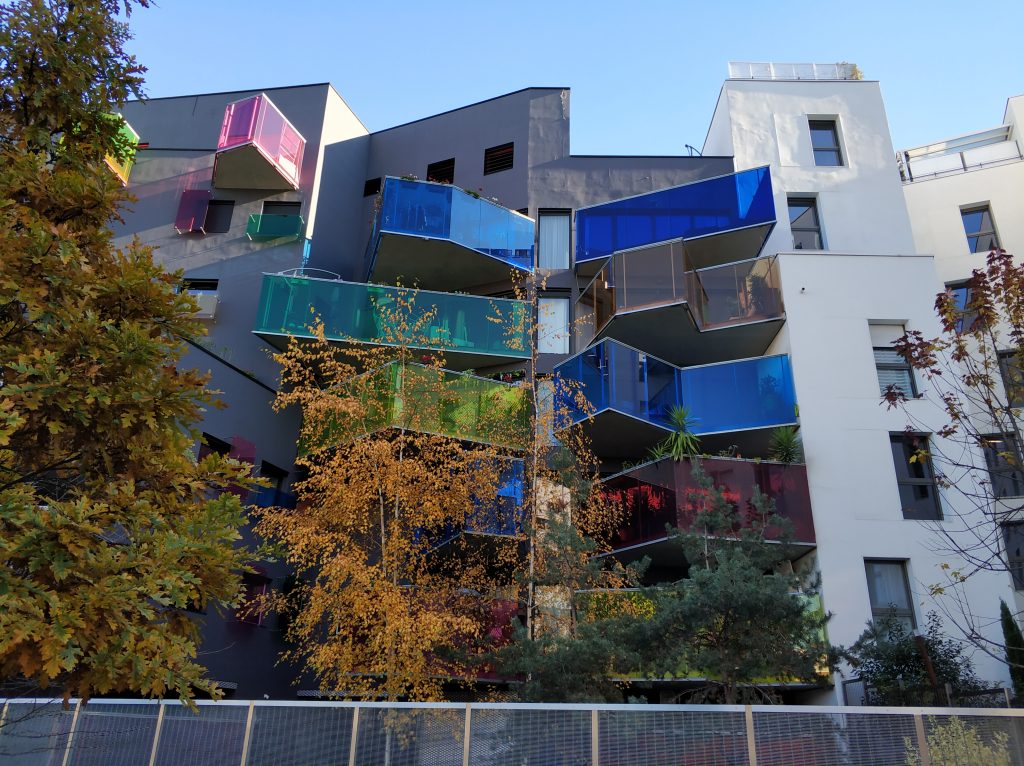


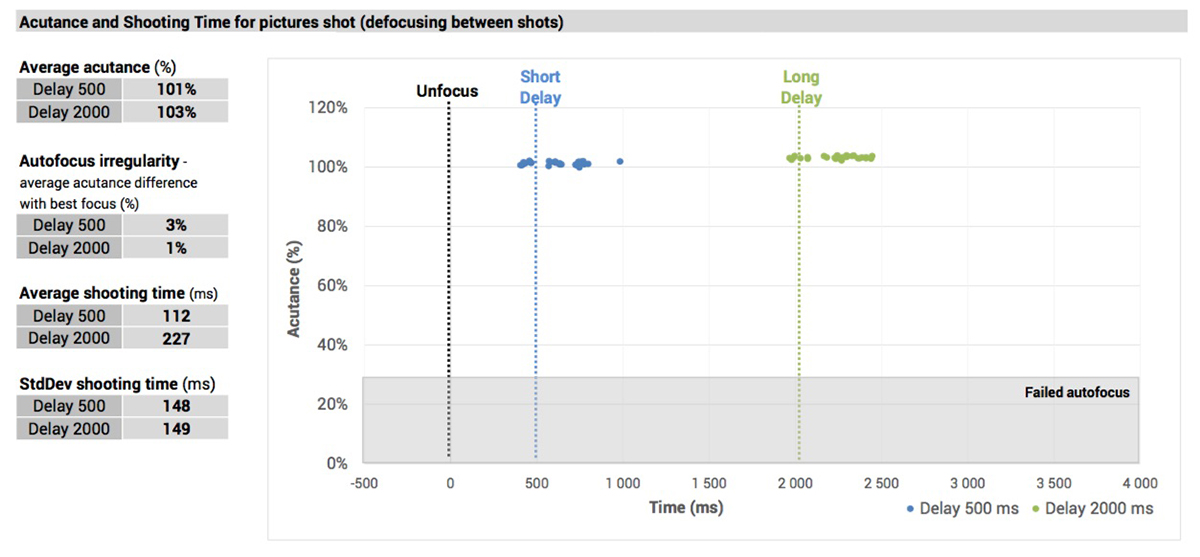
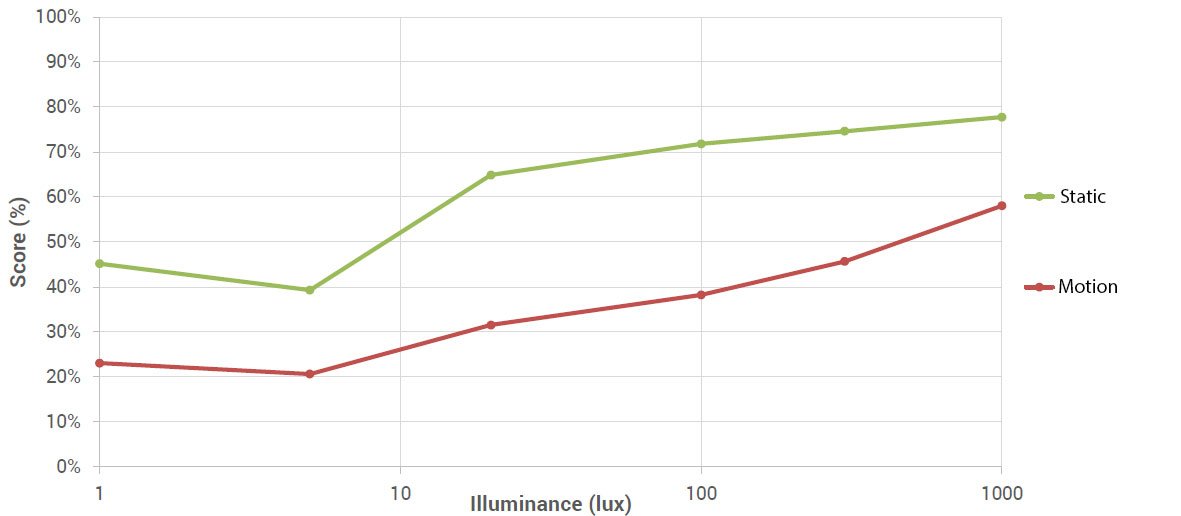












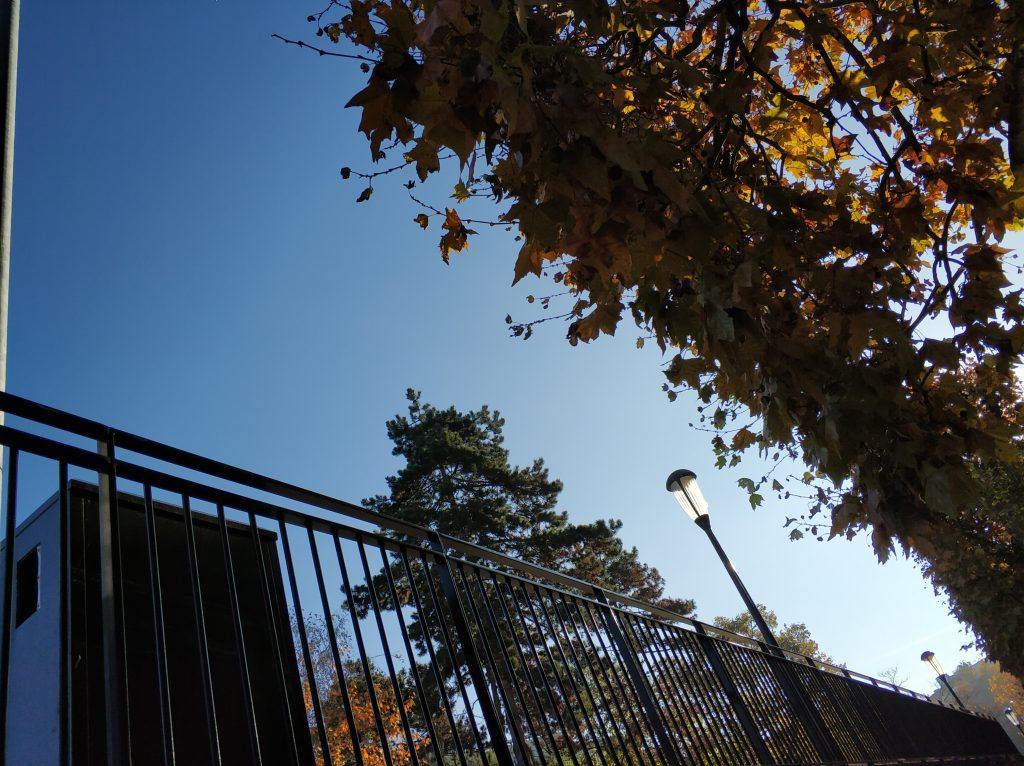
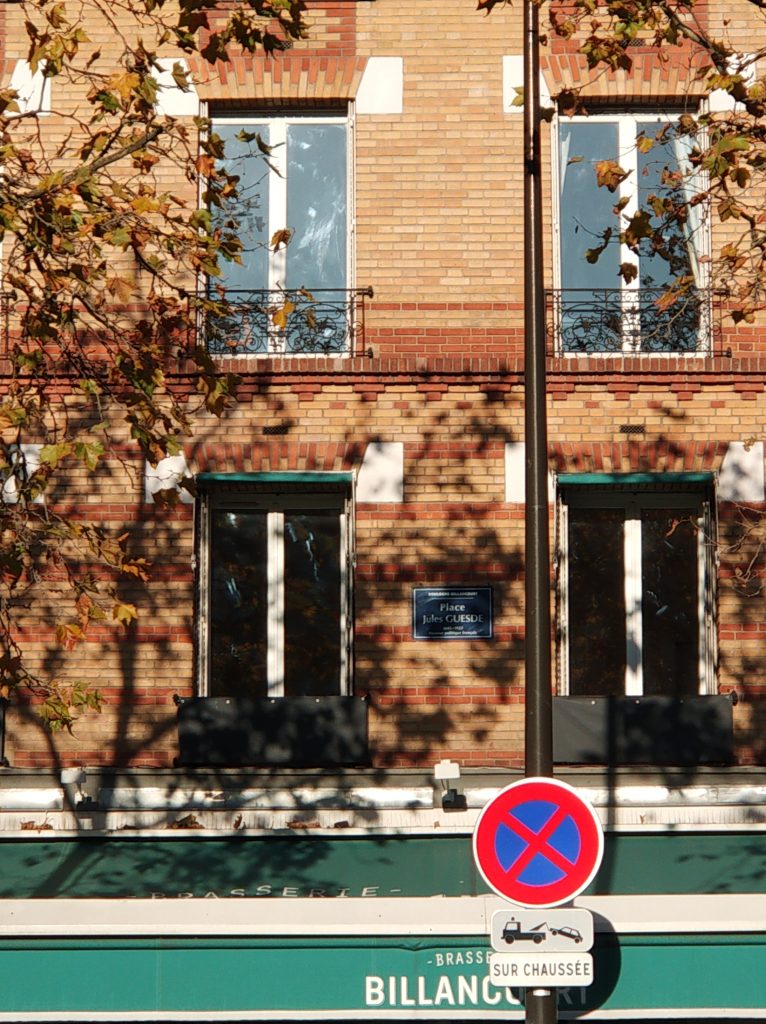
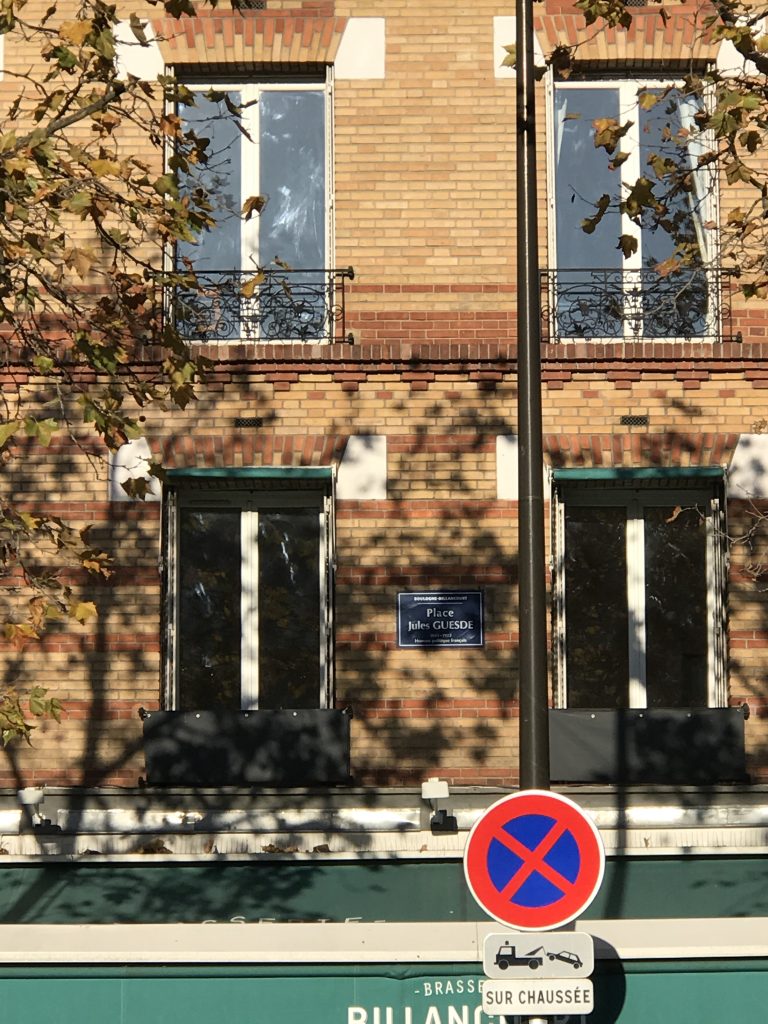



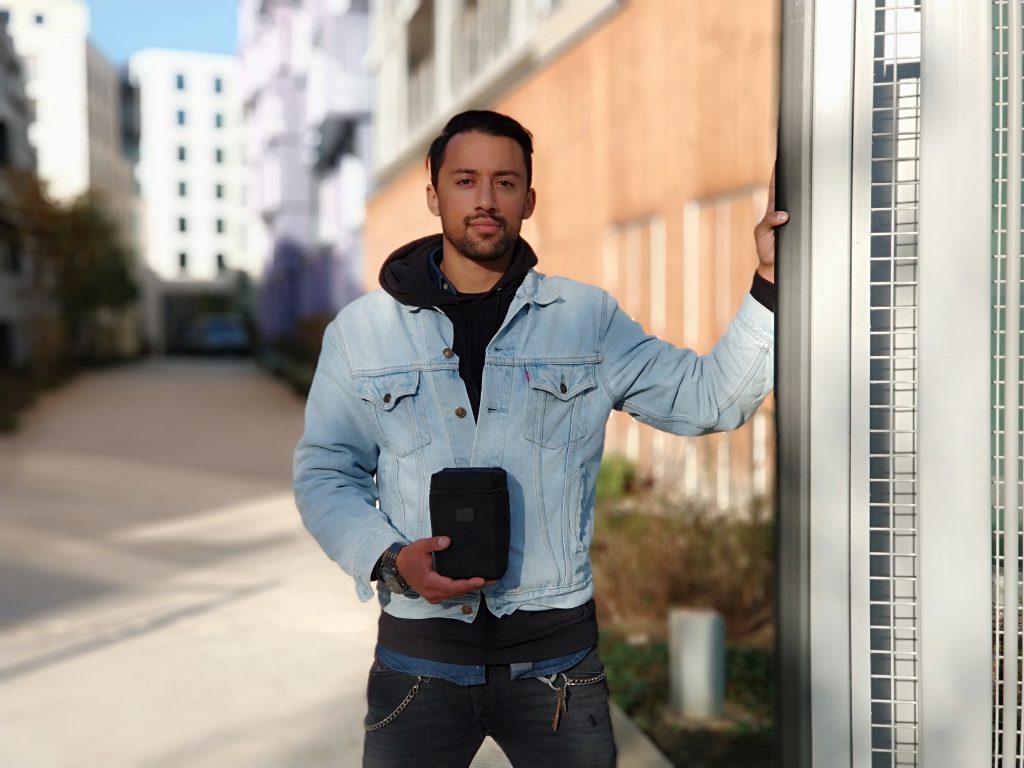

DXOMARK encourages its readers to share comments on the articles. To read or post comments, Disqus cookies are required. Change your Cookies Preferences and read more about our Comment Policy.